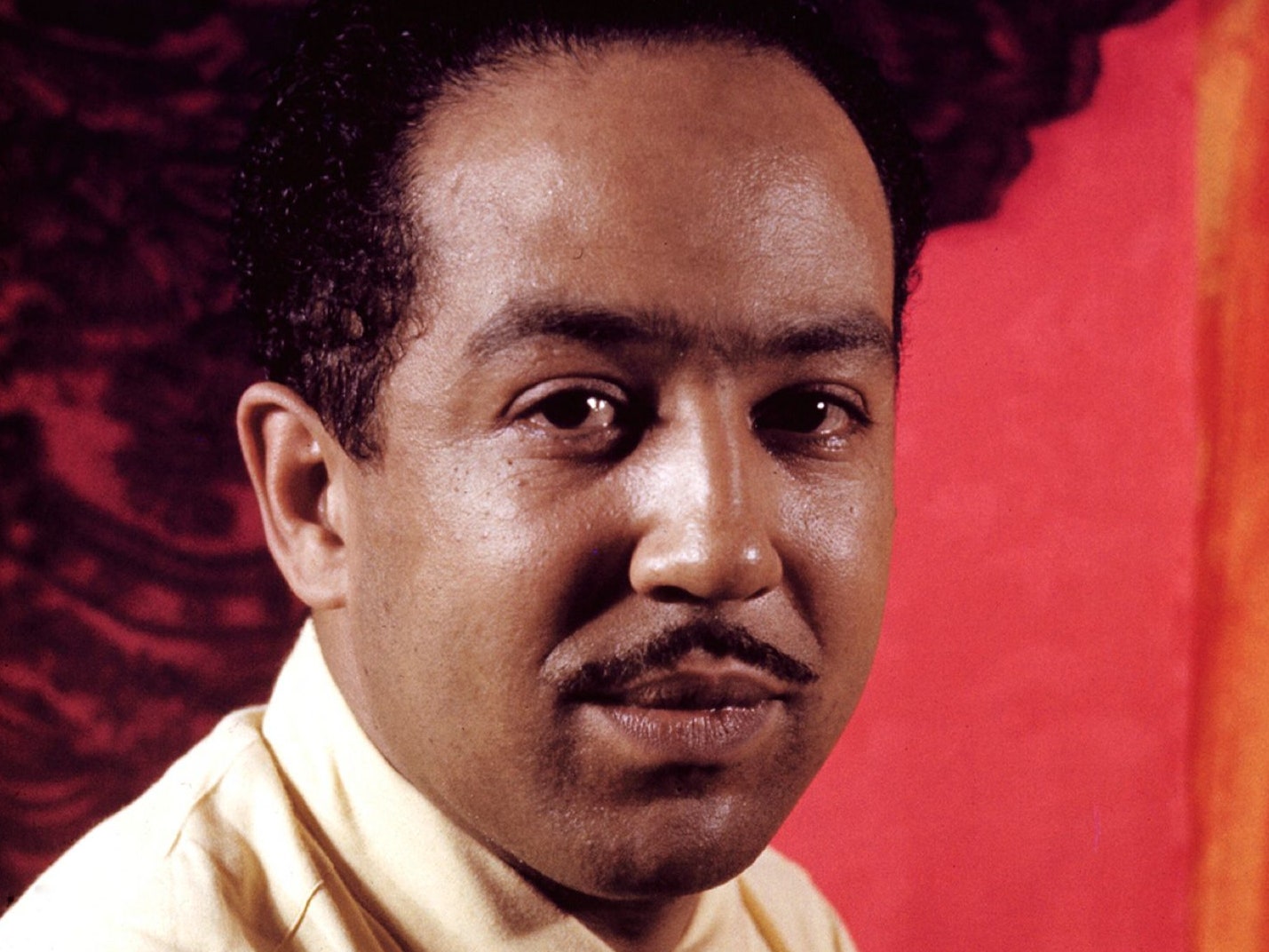Langston Hughes Biography
Langston Hughes Biography:Poet and writer Langston Hughes became a leading figure of the Harlem Renaissance after his first poem was published in 1921. His first book of poetry followed five years later, in 1926. One of the first Black Americans to earn a living as a writer, Hughes went on to compose many more works of poetry, prose, and plays that center the 20th century African American experience and remain influential today. Some of his most famous poems are “Dreams,” “I, Too,” and “Harlem.” Additionally, he wrote a popular column for the Chicago Defender. In May 1967, Hughes died in his mid-60s from prostate cancer.
Langston Hughes Early Life
Poet Langston Hughes was born in Joplin, Missouri on February 1, 1902. His parents named him James Mercer Langston Hughes, but he went by Langston Hughes. His parents divorced shortly after he was born, and his father moved to Mexico. His mother traveled for work so Hughes spent most of his childhood in Lawrence, Kansas where he was raised by his grandmother.
His grandmother provided Hughes with stories and books which opened the world of literature to the young Hughes. Books became a place where he could find refuge in his childhood. After his grandmother’s death, he returned to his mother in Lincoln, Illinois and eventually graduated high school from Central High School in Cleveland, Ohio where he was awarded class poet and editor of the yearbook.
Langston Hughes Education
After high school, he attended Columbia University in New York, but he left after spending a year there. He did not enjoy his experiences at Columbia, but he loved the community he found in Harlem, New York. His poetry was first published in the NAACP magazine The Crisis during this time, which gave him some national attention. Afterwards, he traveled to Africa and Europe as a crewmember aboard the boat SS Malone. He stayed in Europe for some time but eventually moved back to the US and published his first book The Weary Blues in 1926. A few years later, Hughes graduated from Lincoln University in Pennsylvania and returned to New York to pursue his career as a writer.
Read Also:Tarini Kalingarayar Biography:Family, Age, Early Life, Education, Career, Net worth
Langston Hughes Career
He went on to write poetry, plays, novels, and newspaper columns where his name became a fixture of the Harlem Renaissance, which celebrated African American culture and achievement. Hughes claimed that the people he met in his everyday life were the influences of his work, but blues and jazz were the rhythm of his work. This is evident in his poetry where he mentions everyday people in his community along with the poetic rhythms of jazz and blues.
Later in 1924 Hughes went to live with his mother in Washington, D.C. He hoped to earn enough money to return to college, but work as a hotel busboy paid very little, and life in the nation’s capital, where racial tensions were fierce, made him unhappy. But he was able to write many poems. “The Weary Blues” won first prize in 1925 in a literary competition sponsored by Opportunity, a magazine published by the National Urban League. That summer one of his essays and another poem won prizes in the Crisis literary contest. Meanwhile, Hughes had come to the attention of Carl Van Vechten, a novelist and critic, who arranged publication of Hughes’s first volume of poetry, The Weary Blues (1926).
This book projected Hughes’s lasting themes, established his style, and suggested the wide range of his poetic talent. It showed him committed to racial themes—pride in blackness and in his African heritage, and the everyday life of African Americans—and democracy (government ruled by the people) and patriotism (the support of one’s country). Hughes transformed the bitterness which such themes generated in many African Americans of the day into sharp irony and humor. His casual, folklike style was strengthened in his second book, Fine Clothes to the Jew (1927).
Langston Hughes Death
On May 22, 1967, Hughes died in the Stuyvesant Polyclinic in New York City at the age of 66 from complications after abdominal surgery related to prostate cancer. His ashes are interred beneath a floor medallion in the middle of the foyer in the Schomburg Center for Research in Black Culture in Harlem.[97] It is the entrance to an auditorium named for him.[98] The design on the floor is an African cosmogram entitled Rivers. The title is taken from his poem “The Negro Speaks of Rivers”. Within the center of the cosmogram is the line: “My soul has grown deep like the rivers.

